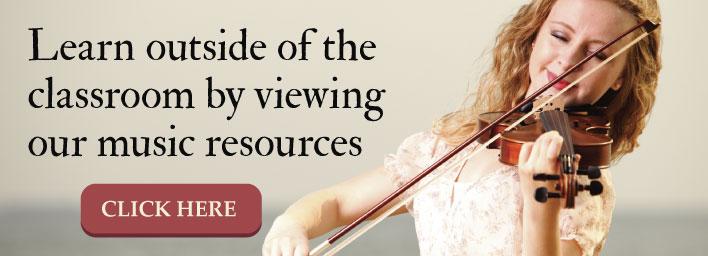How To Strengthen Your Bow Arm

When learning to play any type of string instrument, you must train your muscles to make new motions. This can be difficult for many beginner students, and if you slack off on the correct form it gets even harder. In fact, when you’re playing, the weakness in your arms can slowly contribute to poor execution, which snowballs from there. Essentially, improper holds and posture contribute to less than par performances and can eventually lead to injuries and sprains.
However, you can prevent these difficulties by strengthening your upper body, particularly your bowing arm. The right arm must be trained to make entirely new movements, which can be very tough for right-handed people; and for left-handed players this can be exceptionally challenging. The following methods and exercises can help you build strength in your bowing arm so that you can make progress without suffering set-backs due to weaknesses.
Daily Stretches
The first thing to remember is that your body is trying to develop muscle memory for unfamiliar movements. Because of that, you need to make sure that you give your muscles a fighting chance. Doing stretches before practice helps limber up joints and increase circulation. Athletes know this. You can’t strengthen your bowing arm unless you prepare your body. Try these basic stretches each time you play:
- Shoulder Rolls: While standing with arms at your sides, gently roll your shoulders forward five times and backward five times. Repeat.
- Side Stretch: While standing with arms at your sides, slowly reach your right arm across your chest as far as you can laterally, and hold that position with your left arm for a count of five. Repeat the stretch using your left arm.
- Reaches: Standing with feet apart (about the width of your waist) and arms at the sides, slowly raise both arms as high as you can reach, and hold for a count of four. Then place your hands together and push your palms outward, in front of your body four times as you lower your arms.
Remember when doing stretches, or any exercises, that you should exhale as you make the motion and inhale when you release.
Muscle Building Techniques
According to WebMD, there are a number of arm exercises that you can do easily at home to create strength and muscle mass in your bowing arm. Both of which are important for beginner violin and intermediate violin players to enhance their bowing techniques. You should perform these exercises no more than three times a week, giving yourself a day’s rest in between each workout to allow your muscles to heal/build/rest.
- Push-ups: This exercise builds your Triceps muscles (the back of your upper arm), and the modified version is great for beginners. Start on your hands and knees. Place your hands shoulder width, and your knees under hips. Slowly move your knees back until your torso is in a straight line from the shoulders to the knees. Bend your elbows (keeping them in towards your body) as you lower your body to the floor and then “push up” to the straight arm position. Do 8-12 repetitions. You can also do this exercise against the wall. Place your hands (shoulder distance apart) on the wall, and “push” yourself away from the wall. You can bend your elbows wide, or keep them aligned with your body.
- Triceps Dips: You can also work out your triceps by sitting on a bench. Place your hands by your sides and your feet flat on the floor. Scoot forward so that your arms are bearing your body weight, and slowly lower your body towards the floor. Then raise yourself back into position. This exercise can be intensified by placing your feet together and extending your legs further out in front of your body.
- Bicep Curls: Using small dumbbells, 3-8 pounds, stand with your feet shoulder distance apart and arms at the sides. Curl the weight upwards slowly as you exhale, and back down as you inhale. The key with this exercise is to keep your elbows close to your sides and to maintain a steady motion. Perform 8-12 repetitions, take a break, and then do it again.
- Shoulder Presses: This is a great exercise for strengthening your bowing technique, and it’s a great one to alternate with the bicep curl. With your feet waist width apart, place dumbbells in your hands at your shoulders. Slowly extend your hands all the way above your head, and slowly bring them back to the original position.
Learning to play a bowed instrument takes time. For beginner and intermediate violin students, building your bowing arm strength is a great way to prevent injuries and retain good form. All of which makes it easier to advance your skills.


